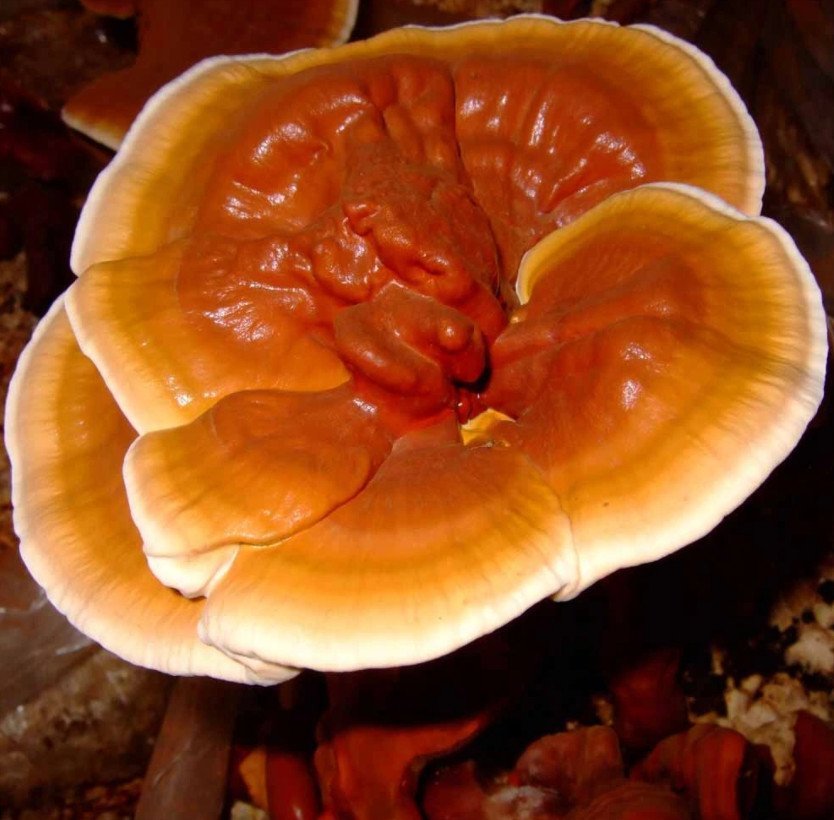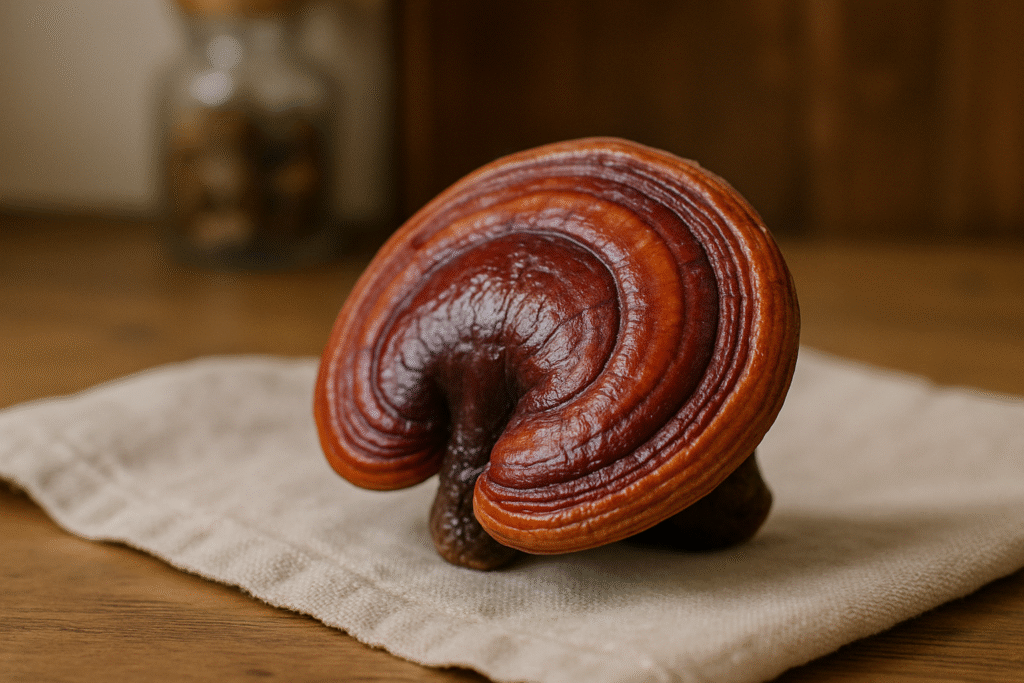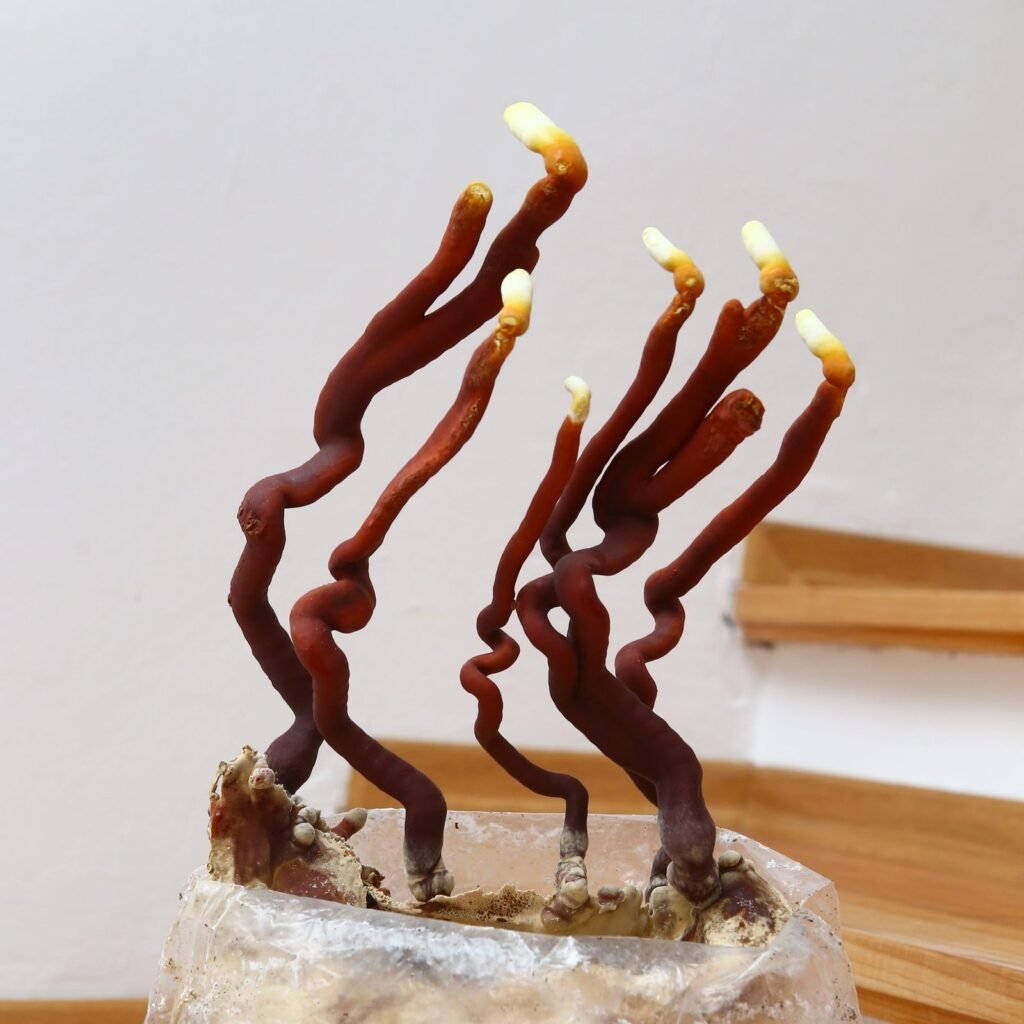Meet Reishi—aka Lingzhi, aka “the mushroom that looks like it was polished by a perfectionist.”
This venerable fungus has been praised for centuries, and unlike your gym buddy, it has citations.



Introduction
Reishi (Ganoderma lucidum) is a laccate (shiny) polypore
that grows like a lacquered fan on hardwoods. Traditionally dubbed the “Mushroom of Immortality,” it won’t grant
you infinite lives like a video game, but it does come with intriguing bioactive compounds—think triterpenes and beta-glucans—
that have made scientists and herbalists equally curious.
Nutritional value (the quiet foundations)
- Polysaccharides (beta-glucans): the fiber-forward team players supporting immune modulation.
- Triterpenoids (ganoderic acids): the elegant bitter notes—like espresso for your cells.
- Trace minerals & amino acids: nothing flashy, just solid backstage crew.
Fresh Reishi isn’t a culinary star (it’s woody and bitter), but extracted forms concentrate the interesting bits.
Medicinal properties (evidence-informed, not myth-powered)
Modern research explores Reishi’s potential in immune system modulation, stress resilience,
and cardiometabolic support. While it’s not a magic wand, standardized extracts of fruiting body can
be a thoughtful addition to a wellness plan. As always, if you’re on meds (especially anticoagulants or immunosuppressants),
talk to a clinician first—Reishi is zen, but safety is practical.
How to use it
- Tea / Decoction: Simmer dried slices 20–30 min. Bitter? Yes. Also classic. Add ginger/cinnamon if you’re not feeling samurai today.
- Tincture or Dual-Extract: Convenient, concentrated, and great for consistent dosing.
- Powder & Capsules: Easiest daily method—drop into smoothies or go the capsule route for precision.
Pro tip: Aim for reputable fruiting-body extracts with clear beta-glucan percentages. Mycelium-on-grain products can be fine,
but know what you’re buying.

